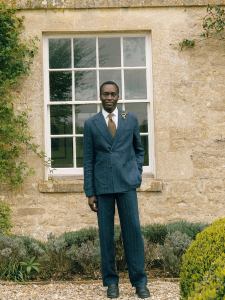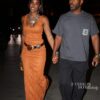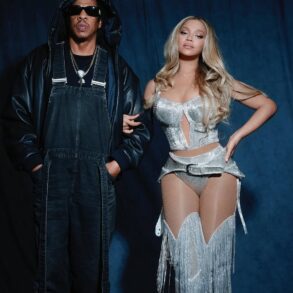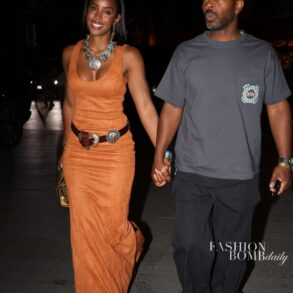LONDON — The tailoring category is a roller coaster that rises and falls and then rises again. Right now it’s looking forward to an optimistic near future.
Martine Rose and Nike’s collaboration for the 2023 FIFA Women’s World Cup soccer games disrupted the category and the meaning of tailoring by merging tailored clothing and athleticwear together. Meanwhile, the men’s market is seeing a healthy return to traditional clothing, as seen on the men’s runways in Milan and Paris for both fall and spring 2024.
Retailers and designers are welcoming back the classics — but with a twist or two.
“It’s safe to say that casualwear has come to dominate our collective wardrobes over the last decade, and while some of it has become quite elevated in terms of the fabrics used, the sartorial aesthetic remains the choice for special occasions for a couple of reasons,” said Oliver Spencer, founder of Favourbook and Oliver Spencer.

Courtesy of Oliver Spencer
“One, the tailored suit is designed to flatter — the jacket shape narrows the waist and broadens the shoulders to create a masculine silhouette, while elegant tapered trousers elongate the figure. Who doesn’t want to look better in clothes? Secondly, since we don’t wear suits and formalwear quite so much these days. There’s even more of a sense of theater when we do wear them now, and that’s inherently fun and exciting,” he added.
Spencer’s clientele at both brands are reaching for tailoring.
At Favourbrook, younger customers are investing in dinner jackets and velvet jackets, inspired by the influx of red carpet velvet jacket cameos. Meanwhile, at Spencer’s eponymous label, his customers are reaching for unstructured suits and separates.
John Lewis has seen a 17 percent rise from last year in linen tailoring.
“With expertly cut pieces featuring a soft shoulder and a higher rise in the waist, we have reimagined suits from the ground up to prioritize comfort,” said Daniel Bradley, menswear design lead at the British retailer.
Adding to London’s already well-established tailoring offering is Italian brand Sartoria Dei Duchi with the opening of its new store on 23 Jermyn Street earlier this month, but with plans for a full-scale formal opening penciled for London Fashion Week in September.
“Men are returning to classical tailoring in a new way, there is far less need for a business suit, the boring business suits that are worn like a uniform is dead, and as a result, its place as a signifier of being corporate is being eroded,” said Dominic Sebag-Montefiore, creative director of Edward Sexton.
The brand known for its rebellious take on glamorous tailoring returned to Savile Row last year.
“In 2023 where everything is so fluid and casual in many places, there is nothing more subversive than wearing a suit and tie,” Sebag-Montefiore added.
Popular requests at Edward Sexton include shades of green, white and dusty pink, while gray is on the decline. For fall, the brand has been toying with evening fabrics such as velvets, silk blends and textured jacquards.
The high street is quickly catching up with those on Savile Row.
Mango’s menswear design director Roberto Pastore said that heritage fabrics will be making a splash with more contemporary designs come this fall with brown and neutral tones.
“Blazers are usually associated with formal events, but our aim is to change this approach and bring to our customers comfortable proposals, perfect for everydaywear or to go to the office, focusing on the use of light and adaptable materials, sobriety and tradition,” he added.
This post was originally published on this site be sure to check out more of their content.








